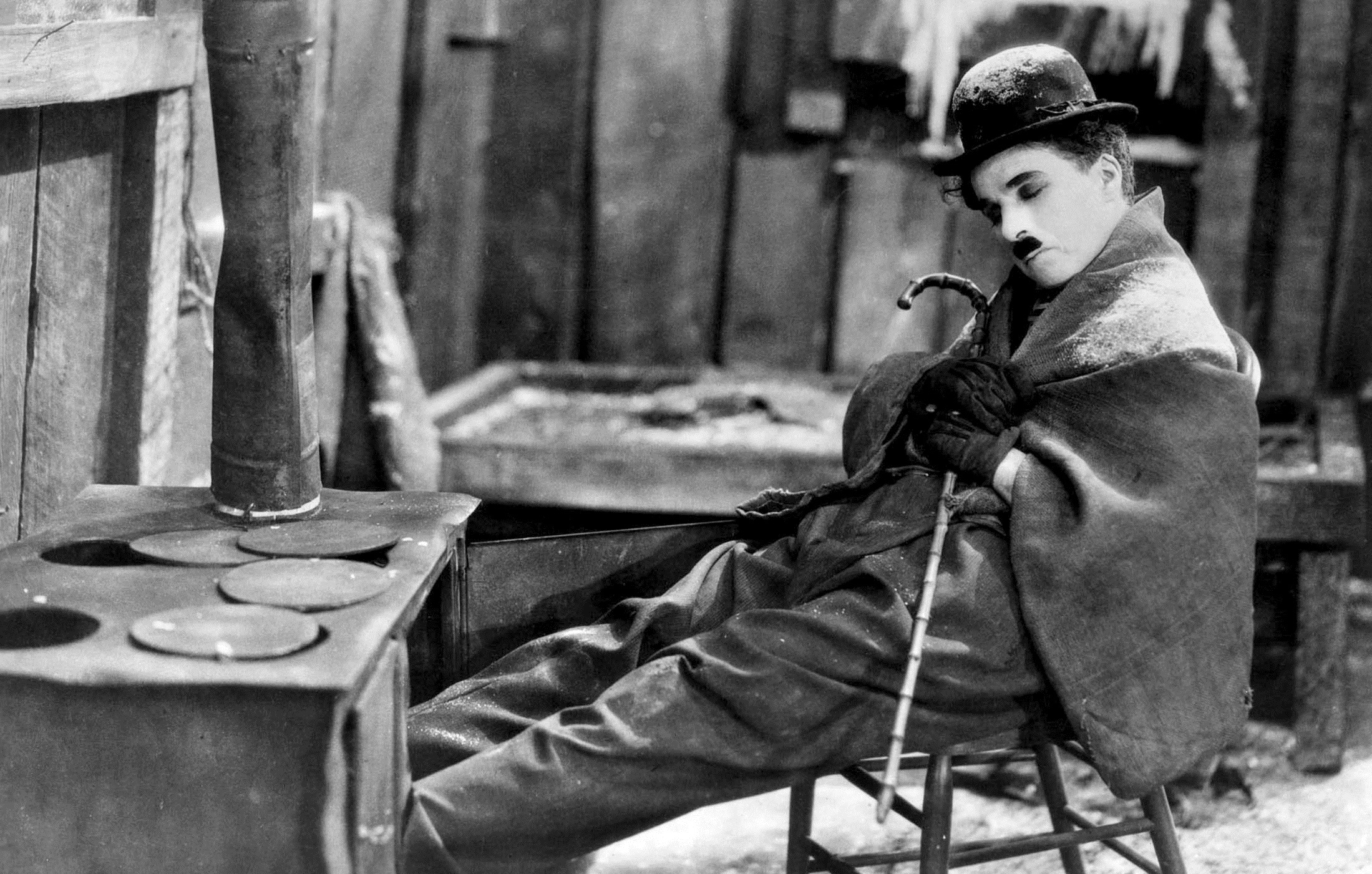It was a few years ago that it all happened. Everybody knew about it. Everybody was talking about it. It was on our television screens, in our newspapers: It had taken over. 100 years after the advent of cinema, silent film was back and, boy, did we hear about it. When The Artist made its way onto our cinema screens in 2011, it seemed like a cinematic revolution was going to take place. Hearkening back to times gone by, the film opened up the eyes of a brand new generation of cinema goers, convincing them of the value of silent film. And whilst there wasn’t exactly a silent revolution in its aftermath, a number of films took the silent model a little more seriously, incorporating elements of the style into their narratives.
The question is not why silent film made its way back into our attention but rather, why did we ever forget about it? Although cinematic purists would argue that, for them, the mode was never dead, for the majority of filmgoers, the era seemed antiquated and tricky. Silent film was so strongly tied to a moment in cinematic past, an age which was only really left for the true film lovers. For, whilst we had sound, why would we ever want to go back?
In fact, silent cinema can teach us many things and open up our perception to countless details within film. The way in which we watch silent films is entirely different to how we would watch the cinema of today. The images are overwhelmingly the thing to which we look to gauge information in silent film; we cannot rely on background noises or explanatory dialogue to set us in a moment. Whilst many silent films have pre-recorded soundtracks, they are connected directly to what we are being told by the image, trying not to move us in alternate ways. We focus on the image of a silent film entirely; we look to the faces of the characters on screen to get to know them better. We pay more attention in silent films because one of our modes of information has been taken away from us. The silent films we do watch last longer in our memories because we have a deeper and different relationship to them.
In The Passion of Joan of Arc, director Carl Theodor Dreyer placed his camera alarmingly close to the faces of his protagonists. Filmed almost entirely in close up, we read the minute emotional changes which register on their faces, we track the emotional anguish which flickers on Joan’s face. Filmed in stark lighting, with relatively few set pieces, the film may sound like a dry, drawn out debacle. In fact, it is anything but. Looking at the faces of the characters for the film’s running is completely absorbing. The lines and dimples in their skin seem like ruptured landscapes, the emotions which they portray puncture more deeply than any character dialogue ever could. In the simplicity of the human face, Dreyer gives his viewer the world without ever leaving his set.
Of course, silent films could affect us by showing life on a much grander scale and no place is more grand than the nightmare future city of Metropolis. Built from intricate and towering set pieces, the film depicts the city as looming, oppressive and crushing. Despite the obvious artificiality of a number of the cityscapes, the film is entirely effective and alarmingly suffocating. In its silence, the city seems dead and barren. Void of the echo of voices, or the clatter of moving vehicles and machines, the space around the characters is staid and thick. Never before has a film been so large and yet so crushingly small. Indeed, never since this film has the same effect been realised. And of course, Metropolis was responsible for Star Wars’ C-3PO, who was based on the Maschinenmensch.
Of course, silent films can be surprisingly contemporary, cutting the figure of a much more modern piece of cinema. In Sunrise: A Tale of Two Humans, F. W. Murnau showed us a number of forward thinking cinematic effects that wouldn’t feel out of place of a number of later cinematic pieces. Using melting graphics in the place of blocky type face for its inter titles, the film incorporated the meaning of the dialogue into its appearance on screen. In a particularly lovely moment, the word “drowned” slips down the cinema screen, taking on the form of water, filling us with lurching dread. In place of intonation, Murnau showed us the intentions of his characters. The fun doesn’t end there. When the film’s characters reach the big city, images are spliced together and cut across the top of one another. The effect is completely dizzying and frenetic and simply couldn’t be achieved in a modern day film. In place of words, Murnau used the look of the film, the way he cut his images to reflect how they are feeling. We get to know the protagonists without them ever having to speak a word.
In most recent years, we have seen films such as Blancanieves and Tabu which have both incorporated the silent film model into their cinematic storytelling. Whilst Blancanieves was framed entirely as a silent film, Tabu flitted between both silent and modern ways of narration, showing us how the two can be beneficial to one another. Whilst the second part of the film is almost entirely silent, dialogue of sorts can be heard in the natural soundtrack of the film, in the breeze which runs through the grass and the sound of the characters moving in their homes.
Talk isn’t everything. Whilst we can learn infinite amounts through the dialogue of characters, we can learn endless amounts through what is not said. In the future, then, perhaps we should focus a little less on volume and think a little more about what we are being shown.
After all, a picture speaks a thousand words.

